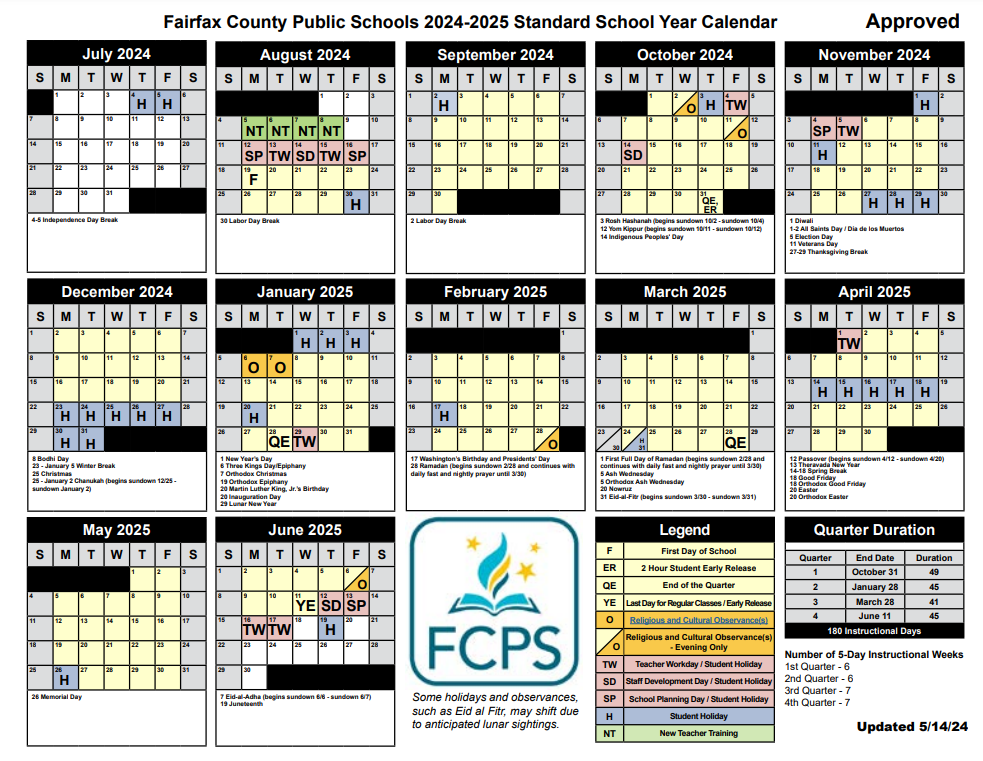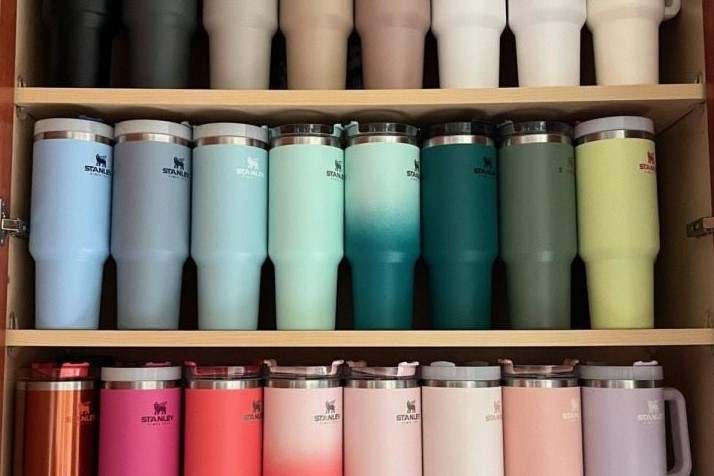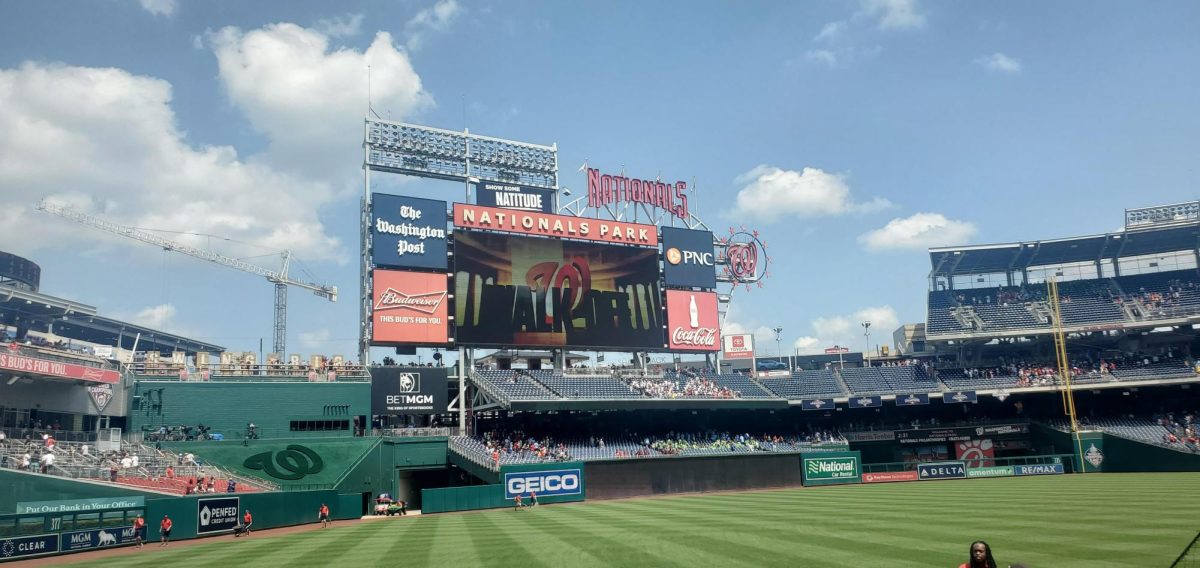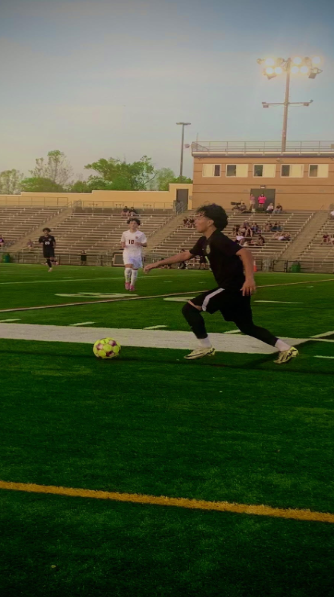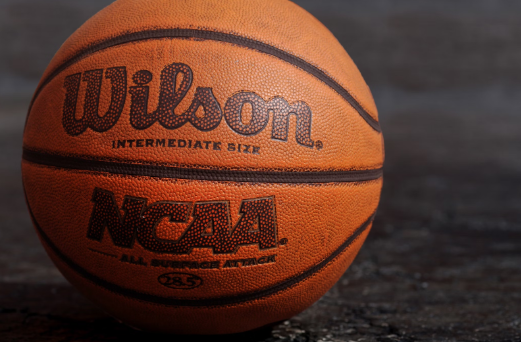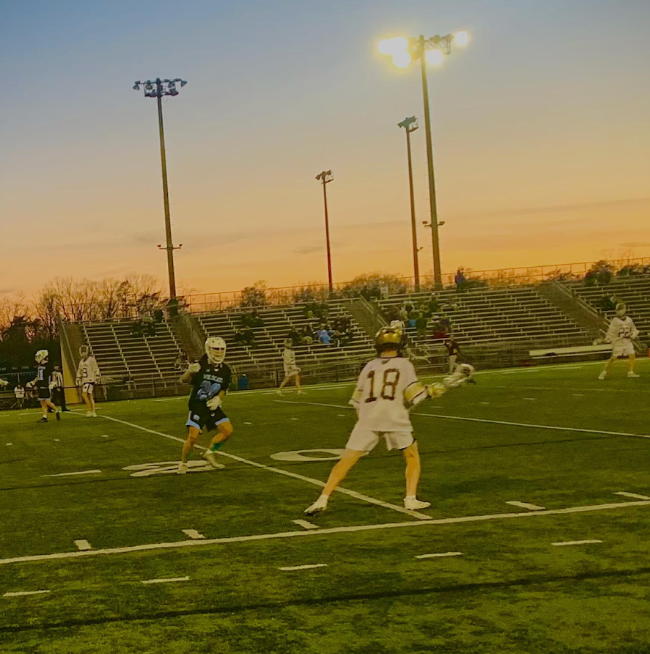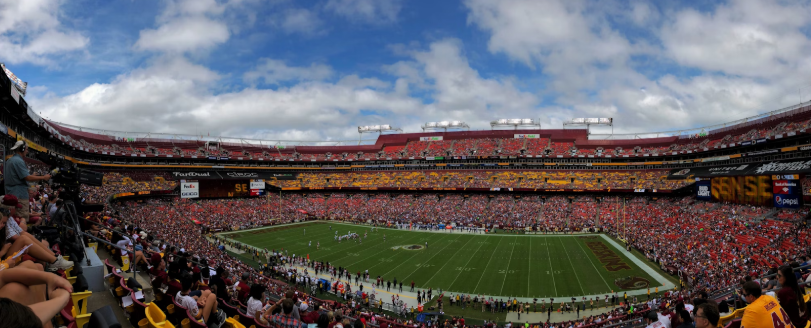From the swoosh of a buzzer beater, to the never-ending action of ice hockey, to the electrifying concert crowds, Capital One Arena has it all.
Two of the biggest Washington D.C. sports teams, the Wizards and Capitals, currently reside in Capital One, right in the heart of downtown D.C.
Located in Chinatown, it is surrounded by authentic cuisine, storefronts, and in the center of D.C. landmarks and museums. Recently, there has been talk about a potential eight mile move to Alexandria, Virginia. The stadium would open in 2028, be absolutely massive, and open up an estimated 30,000 jobs, becoming home to the sports teams, retail, and recreation.
As luxurious as this sounds, it is a terrible plan.
This is not to say that Alexandria is an awful place; Alexandria has plenty of charm of its own—history, shopping, and tons of restaurants. The move signifies a major step back from D.C. for sports teams, physically and figuratively. The Washington Commanders have already moved away from D.C. to Maryland. The three teams gone would amount to almost half of D.C.’s professional sports teams leaving the district.
The Wizards were the only team to lose fans in the 2022 offseason, are the least popular team in the NBA, and have more than a 50 loss season this year. The Capitals are not performing terribly, winning more games than losing in the 2023-24 season, but as of right now, are not a top competitor for the Stanley Cup. If mediocre teams are not selling out Capital One, a newer facility will not be the factor that will draw in fans.
One of the better consistently performing D.C. teams, the Mystics, may return to Capital One if the new arena is built. Currently, the Mystics consistently sell out their entire arena, which has a capacity of 4,200, extremely small for a professional team. However, even though women’s basketball is not quite popular enough to regularly sell the 20,000 seats available at Capital One.
Revenue quotas needed to maintain the facility would not be met with just the Mystics, college basketball teams, and concerts that Capital One hosts.
Moving the teams around simply does not make sense. Capital One, while viewed as dated, has a prime location. It is located right on the green, yellow, and red metro station at Gallery Place, it is also a quick quarter mile walk to Metro Center, which is home to the red, blue, silver, and orange lines.
The new stadium, on the contrary, would be adjacent to the Potomac Yards station, the newest addition to the Metro line. Potomac Yard contains only the blue and yellow lines, meaning after games and events, most fans must transfer trains to get to and from the stadium, leaving most fans with a more expensive fare on top of the inconvenience.
Not to mention Potomac Yard would need a major expansion, costing thousands, or even millions. The station currently has just over a thousand people pass through per day—a fraction of the arena’s capacity. It is estimated that at Capital One, the split between fans that drive and take public transportation is almost equal. This indicates that the Potomac Yard Metro must accommodate multiple more thousands of people by the time that the arena makes its grand debut.
D.C. mayor Muriel Bowser counter proposed 500 million dollars for Capital One renovations, in hopes to prevent the move to Virginia. According to Bowser, the renovations will “breathe new life and vibrancy into the neighborhood and to keep the Washington Wizards and the Washington Capitals where they belong—in Washington, DC.”
Without the crowds that the sports teams draw in, so many of the local businesses in Chinatown would suffer and lose significant revenue. Keeping the teams in D.C. will ensure the community built around Capital One thrives, and continue to have D.C. sports teams actually play in the nation’s capital.



